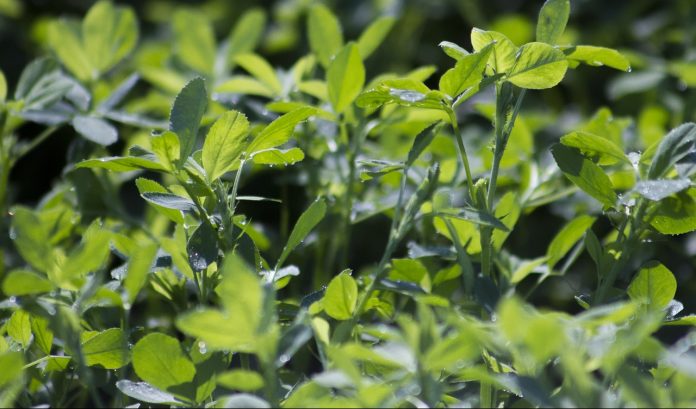It is hard to believe that we have reached another planting season already. It is even harder to believe that it’s time to start planning for fall cover crops.
Although it can be tempting to put it off until all of your spring crops are out of the ground, planning now can save you time, headaches, and maybe even some money this fall.
While you are riding in your tractor this spring, here are some things to think about.
Timing
Figure out what you are going to plant and where you are going to plant it. If your operation follows a corn-soybean crop rotation then think about the winter crops that can go in following your soybeans.
Cereal rye, wheat, spelt, and triticale can be planted at the end of October and early November.
If your operation has small grains that come off early then you can be more flexible with what cover crops you can follow with.
Cover crop mixes with oats, radish, turnip, rapeseed, canola, or kale (just to name a few of many) are planted in August and early September.
Goals
Think about why you are planting cover crops.
There are endless benefits that come with cover crops, but think about your operation and what you want to change by adding cover crops into your rotation.
If you are looking for nitrogen fixation then stick with legumes such as alfalfa, clover, winter peas, or vetch.
Crops best for scavenging nutrients include cereal rye, annual ryegrass, radish, sorghum-sudangrass, pearl millet and Japanese millet.
While most all cover crops help with weed and pest suppression, cereal rye, spelt, oats, buckwheat, and cowpeas top the list.
Seed
After selecting the cover crops you are going to use start looking into seed. Your local co-op or seed dealer might offer deals to customers who buy seed early.
Another money saving tip would be to buy seed from another farmer. Around the time that small grains are being harvested keep an eye on ads in the paper for someone selling bulk seed from their farm.
If they haven’t had the seed tested for germination or weeds then have the seed tested yourself.
Application
You should already have a plan for application before you buy your seed but you might want to think about a backup plan.
Inclement weather during harvest can make it hard to take all the crops off and plant cover crops during the same time period.
Using a spreader instead of a drill can speed up the application process but the amount of seed used will need to be increased.
Other options include having someone else plant cover crops for you. If your operation is short on help then check with other farmers in the area who can custom spread fields after you harvest.
Aerial application is another option. Some Soil and Water Conservation Districts coordinate a fly-on cover crop program.
Whether you are new to using cover crops or want to change your current cover crop system, hopefully, this information gives you something to think about this spring.
Details
For more information on the benefits of cover crops, visit www.carrollswcd.org/crop-production-partnership.













